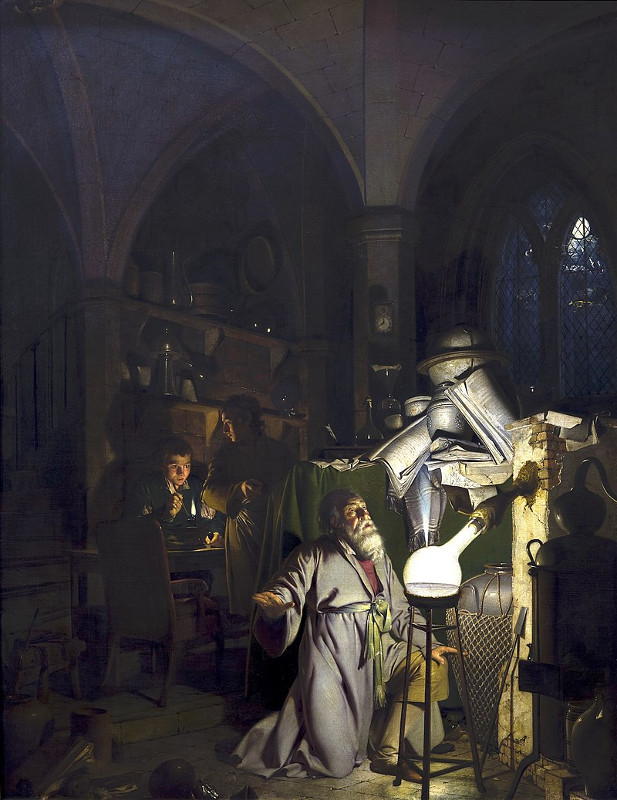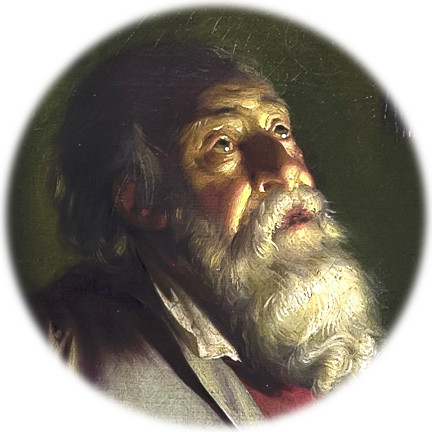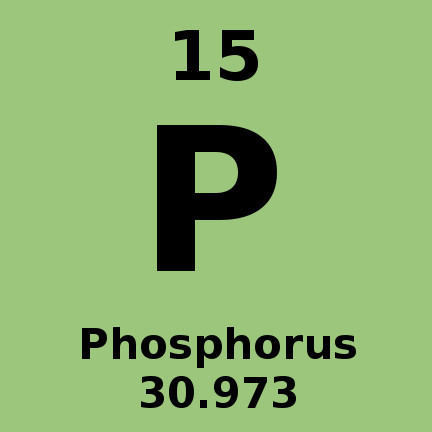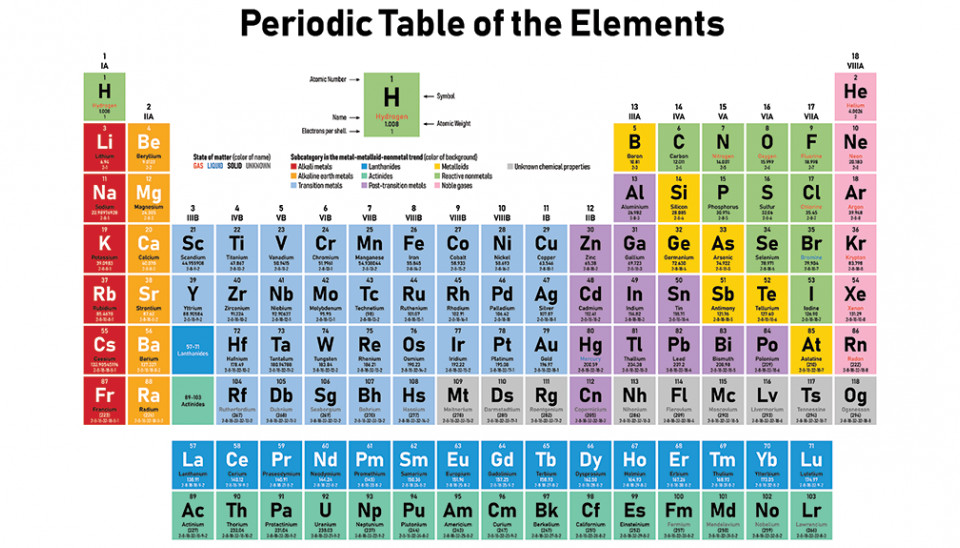1669 AD discovered
In his search for the "philosopher's stone", he heats residues from boiled-down urine on his furnace until the retort was red hot, where all of a sudden glowing fumes filled it and liquid dripped out, bursting into flames. He could catch the liquid in a jar and cover it, where it solidified and continued to give off a pale-green glow. What he collected was phosphorus, which he named from the Greek word for "light-bearing" or "light-bearer."
He had seen for instance a recipe in a book 400 Auserlensene Chemische Process by F. T. Kessler of Strasbourg for using alum, saltpetre (potassium nitrate) and concentrated urine to turn base metals into silver[citation needed] (a recipe which did not work).
His recipe was:
- Let urine stand for days until it gives off a pungent smell. (This step was not necessary, as later scientists discovered that fresh urine yielded the same amount of phosphorus.)
- Boil urine to reduce it to a thick syrup.
- Heat until a red oil distills up from it, and draw that off.
- Allow the remainder to cool, where it consists of a black spongy upper part and a salty lower part.
- Discard the salt, mix the red oil back into the black material.
- Heat that mixture strongly for 16 hours.
- First white fumes come off, then an oil, then phosphorus.
- The phosphorus may be passed into cold water to solidify.
The chemical reaction Brand stumbled on was as follows. Urine contains phosphates PO43−, as sodium phosphate (i.e. with Na+) in the form of microcosmic salt, and various carbon-based organics. Under strong heat the oxygen atoms from the phosphate react with carbon to produce carbon monoxide CO, leaving elemental phosphorus P, which comes off as a gas. Phosphorus condenses to a liquid below about 280°C and then solidifies (to the white phosphorus allotrope) below about 44°C (depending on purity). This same essential reaction is still used today (but with mined phosphate ores, coke for carbon, and electric furnaces).
Brand's process yielded far less phosphorus than it could have. The salt part he discarded contained most of the phosphate.[citation needed] He used about 1,500 US gallons (5,700 L) of urine to produce just 120 grams of phosphorus. If he had ground up the entire residue he could have obtained many times more than this (1 litre of adult human urine contains about 1.4g of phosphorus salts, which amounts to around 0.11 grams of pure white phosphorus).
Though Brand initially kept his process for producing phosphorus from urine a secret,[5] he later sold the recipe for 200 thalers to a D. Krafft from Dresden.
Subsequently, both Swedish chemist Johann Kunckel (in 1678) and English chemist Robert Boyle (in 1680) were able to independently discover phosphorus; the latter's assistant, Ambrose Godfrey-Hanckwitz, later made a business of manufacturing phosphorus from 1707 onward.
Subjects Who or What discovered?
-
Hennig Brand German merchant, pharmac...
Objects To Whom or What was discovered?
-
Phosphorus (P) Elemental phosphorus exi...
Timelines (that include this event)
Events in 1669 MORE














